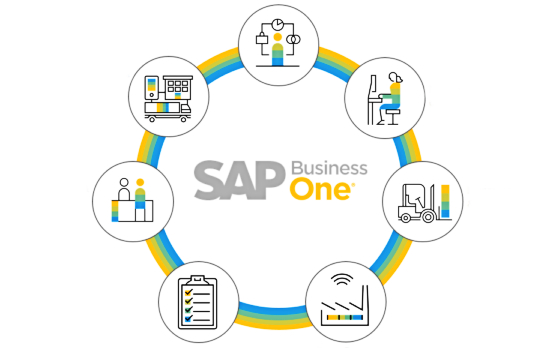How to Import Disabled Products to Magento 2

If you cannot import disabled products to Magento 2, you’ve come to the right place. We will probably help you with that. Below, you will find two possible solutions. As usual, one of them is proposed by a user, while another one is developed by Firebear specialists. In both cases, we deal with products that have the “disabled” status. As for the corresponding import file. It doesn’t contain the “status” column. If you add it, nothing changes. So, how to import disabled products to Magento 2? You will find the answer below. We also provide recommendations on how to import disabled products to Magento 2 automatically and via various file formats using Improved Import & Export. For more tips, proceed to our Magento 2 Cookbook.
Continue Reading






